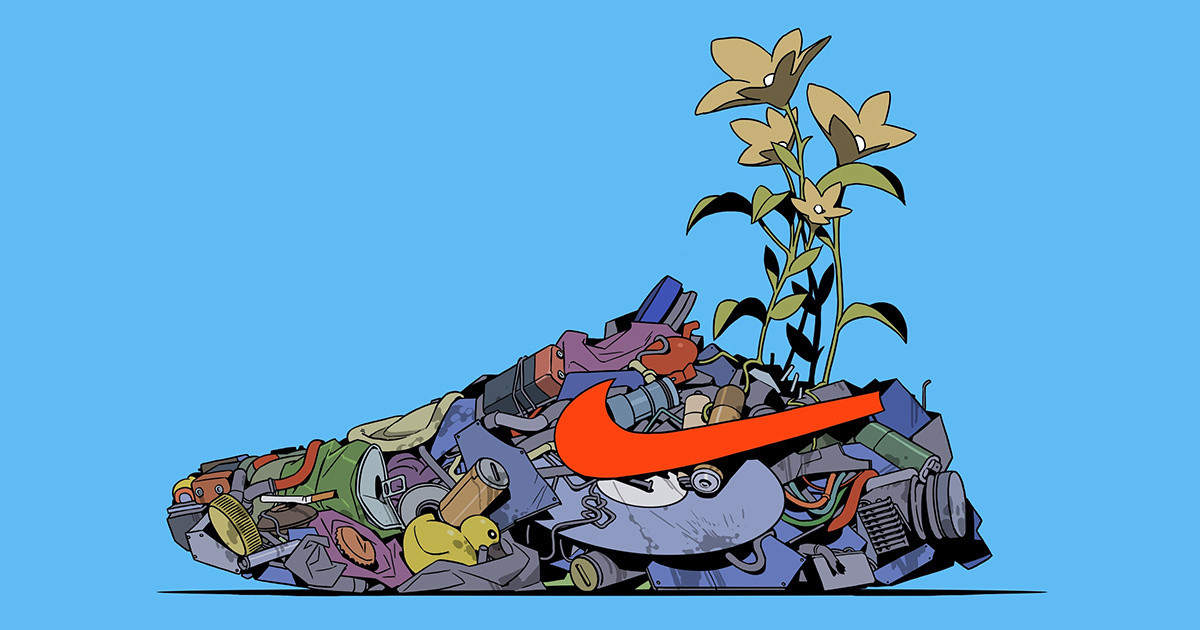Eight years ago, the world’s largest sports apparel brand made a bold commitment. Nike was embarking on what it called a moonshot: doubling its business while halving its impact on the warming planet.
To get there, then-CEO Mark Parker said the Oregon-based company’s innovations in environmental sustainability would become a “powerful engine for growth,” a catalyst capable of changing industries. The company’s chief sustainability officer at the time, Hannah Jones, said achieving the goal would take “innovation on a scale we’ve never seen before.”
Nike’s Sustainable Innovation team embodied the commitment. It looked for environmentally friendly new materials, like leather made from kelp and foams made from plants, that could replace some of the hundreds of millions of pounds of rubber, leather and cotton used in traditional Nike products. It assisted in testing and refining the foam in the new Pegasus 41 that Nike says cut the carbon footprint of the shoe’s midsole by at least 43%.
So it came as a surprise one Sunday night in December when the dozen or so people on the team got summoned to a mandatory meeting the next morning. In a Zoom call before sunrise, they learned why. The team was being eliminated. The vice president who ran the team was gone. The call lasted less than 10 minutes.



Another company just greenwashing? Soo shocking.